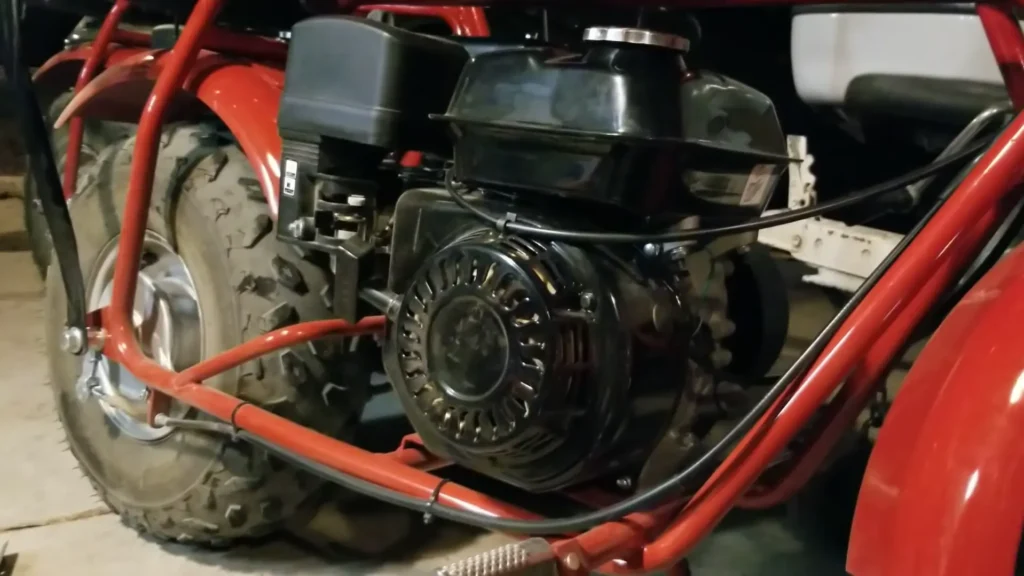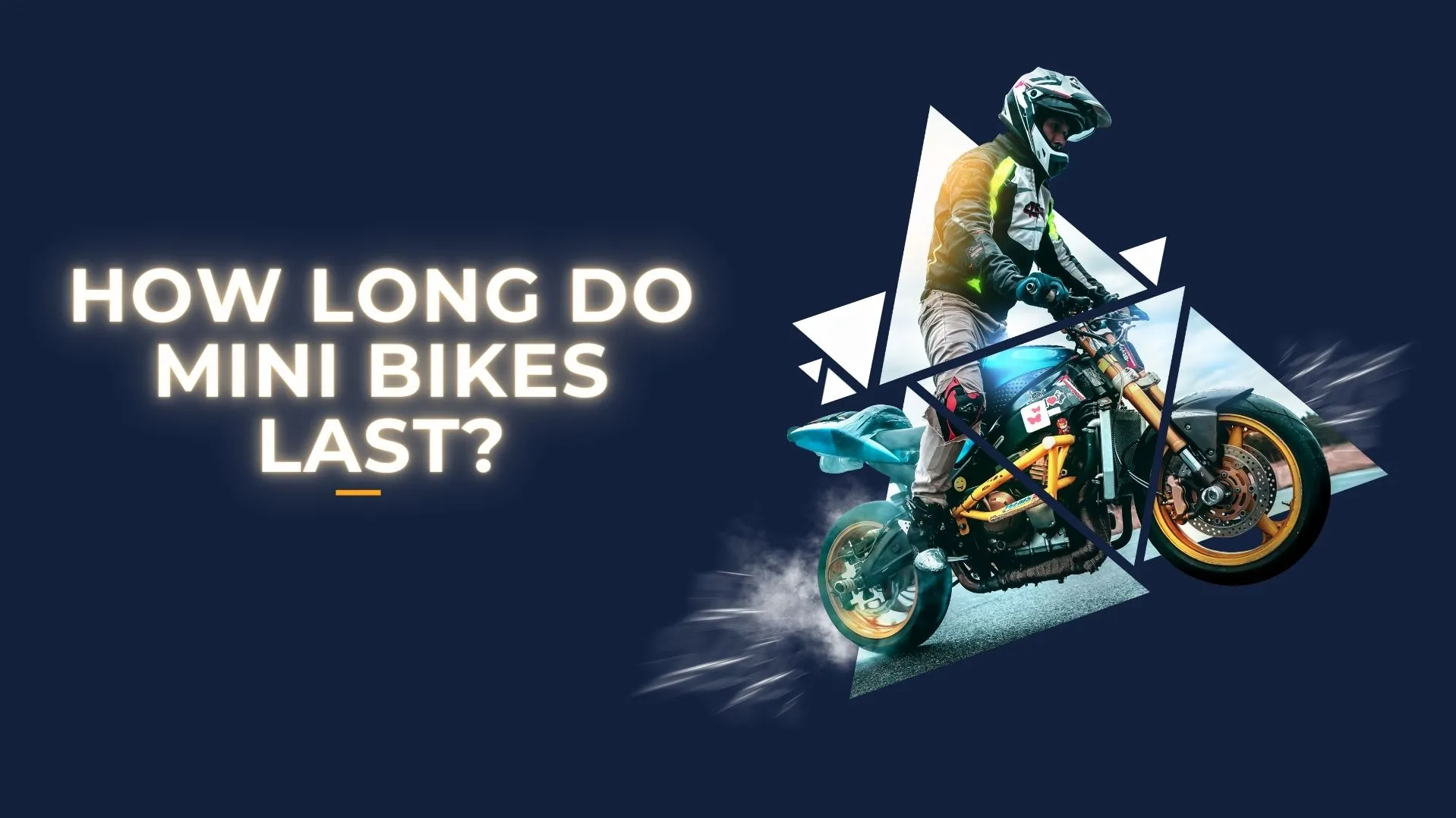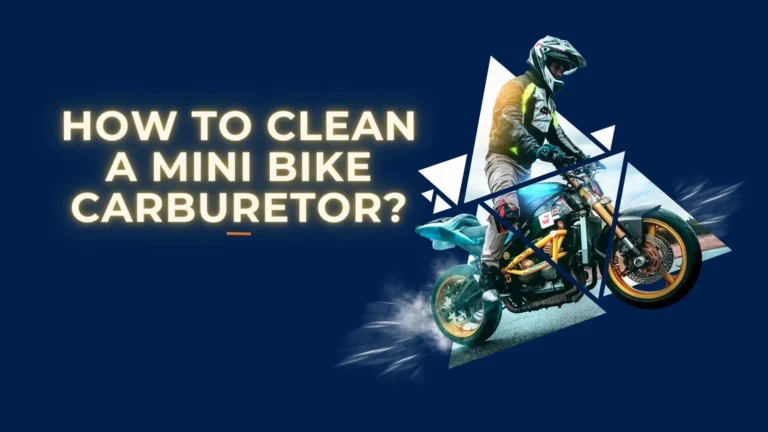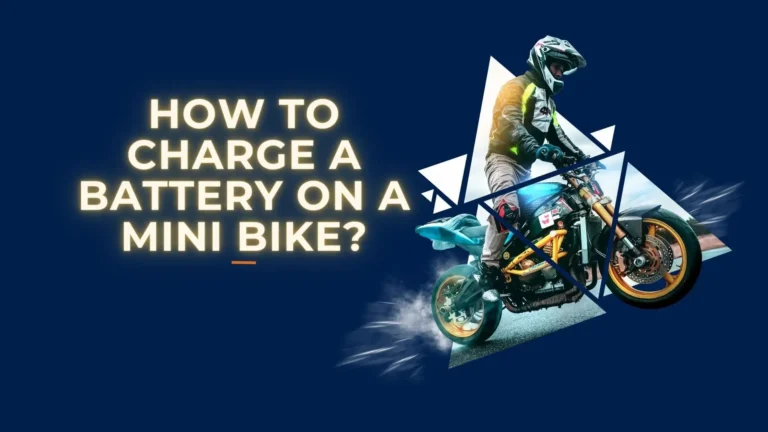How Long Do Minibikes Last?
Minibikes typically last between 5-8 years or more. Their lifespan depends on several key factors like maintenance, usage, storage conditions, and build quality. With proper care and maintenance, minibikes can provide many years of reliable performance.
Wondering how long your beloved minibike will last before needing repairs? You’ve come to the right place! This article will uncover everything you need to know about minibike lifespan.
We’ll explore the key factors impacting longevity so you can keep your mini bike running smoothly for years. You’ll also learn essential maintenance tips to get the most mileage out of your machine.
Whether you use your minibike for recreation or racing, you’ll be equipped with expert knowledge to preserve performance and avoid costly breakdowns. Let’s get started and keep the fun and freedom of minibike riding alive!
Key Takeaways
- Minibikes typically last 5-8 years or more with proper maintenance and responsible use. Longevity depends on several key factors.
- Performing regular service like oil changes, chain lubrication, and part replacement is essential for minibike lifespan.
- Riding gently for recreation versus intense racing/stunts makes a difference in component wear and lifespan.
- Choosing smooth terrain and avoiding extreme weather/environments preserves minibikes.
- Storing minibikes properly when not in use protects from damage caused by exposure to the elements.
- Investing in quality components and doing routine maintenance pays off with a longer minibike lifespan.
- Watch for signs of excessive wear, noises, leaks, rust, and reduced performance to identify repair/replacement needs promptly.
- With basic DIY care and maintenance, minibikes can realistically provide 5+ years of reliable use before major overhaul.
Average Lifespan of Minibikes
As an avid minibike enthusiast, I’ve learned that these tiny terrors can keep kicking for years when properly maintained. From my experience, the average minibike lifespan is around 5-8 years or more when given the right care and not abused too severely.
Of course, a higher quality bike made with durable components is going to endure better than a cheaply built ride. I’ve had my trusty Coleman for over 7 years now, and it’s still going strong after regular oil changes, chain lubrication, and part replacements as needed. My friend’s knock-off brand from a Buscadero barely made it past 2 seasons before the engine gave out.

Usage and riding style is another big factor. My minibike is strictly recreational, just zipping around the cottage property and dirt paths. But I’ve seen racers burn through bikes in half the time by pushing them to the limit lap after lap. Jumping and stunts look cool, but all that impact takes a toll on the frame and mechanics.
Sticking to smooth terrain instead of rocks or sticks will keep a minibike rolling for longer. And garaging it instead of leaving it out in the elements protects the components from weather damage over time. Follow my maintenance tips later in this article and your ride can stay on the trail with you for years of freedom and fun!
Factors Affecting Lifespan
When it comes to minibike lifespan, I have also realized that maintenance is key. Performing regular service like oil changes, lubricating the chain, and replacing parts as needed keeps everything running smoothly and prevents premature breakdowns. Minibikes that are poorly maintained tend to have much shorter lifespans.
Usage matters too – minibikes used gently for recreational riding typically last longer than those pushed to the limit for intense racing or stunts. The engine and components experience more wear and tear when the bike is constantly maxed out. It’s best to ride responsibly within the intended capabilities of your minibike.
Riding conditions play a role as well – Taking your minibike over rough or challenging terrain can strain the components and lead to damage over time. Smooth, flat surfaces are gentler on the bike. Extreme weather and environments can also shorten the lifespan – for example, excessive mud or moisture can lead to corrosion.
And don’t forget about storage. Minibikes left exposed to the elements deteriorate more rapidly than those stored in a garage or shed. Rain, sun, dirt and other hazards speed up wear and tear.
The bottom line is maintenance is the #1 factor when it comes to longevity. But following responsible usage, choosing safe riding conditions, and secure storage will optimize your minibike’s lifespan. With the proper care, you’ll enjoy many seasons of adventure on your trusty ride!
Maintenance Tips
From my experience, I’ve learned the key maintenance tasks that help keep these machines humming for years. Here are my top tips:
- Check and maintain the tires – It’s important to regularly inspect your tires for wear and damage, and keep them properly inflated. Replace tires at the first sign of cracking or bald spots.
- Inspect and replace brake pads – Worn brake pads reduce stopping power and need to be replaced promptly to ensure safety.
- Clean and lubricate the chain – A clean, lubricated chain prevents rust, preserves performance, and prolongs chain life. I lube the chain on my Coleman every few rides.
- Replace spark plugs – I replace the spark plugs on my minibike at the start of each riding season for optimal efficiency.
- Fluid changes – Don’t forget about changing fluids like engine oil, brake fluid, etc. per the manual recommendations.
Performing preventative maintenance like tuning ups and part replacements will keep your minibike running reliably season after season.
Signs a Minibike Needs Repair or Replacement
As a minibike ages and gets more use, telltale signs will appear indicating a need for repair or replacement. Based on my experience, watch for:
- Excessive wear and tear – This includes balding tires, peeling grip tape, rust/dents on the frame, loose/damaged parts etc. General deterioration indicates the bike has seen better days.
- Decreased performance – If the minibike struggles to start, lacks power, can’t reach top speeds, or handles poorly, there could be mechanical issues. Declining performance means service is needed.
- Strange noises – Grinding, knocking, squeaking or other odd noises point to problems. Noises typically come from the engine, chain, brakes or wheels. Don’t ignore them – get inspection.
- Leaks/drips – Oily drips or leaks indicate issues like worn gaskets, loose fittings, or cracked cases. Left unchecked, leaks can lead to bigger breakdowns.
- Rust/corrosion – Since they’re often stored outside, rust and corrosion on the frame, engine, or chrome over time is common. But excess rust will require replacement of parts.
Don’t hesitate to thoroughly inspect, troubleshoot issues, or replace your minibike if you notice these warning signs. Performing preventive maintenance and addressing issues promptly will extend the life of your bike.
Conclusion
With proper care and maintenance, minibikes can realistically provide 5+ years of fun and function before requiring major repairs or replacement. The key factors impacting longevity include:
- Regular maintenance – oil changes, chain lubrication, part replacement
- Responsible usage – avoid racing/stunts, stay within limits
- Ideal conditions – smooth terrain, normal weather
- Secure storage – protect from elements
By investing in a quality bike, performing routine service, riding gently, choosing smooth surfaces, and storing your minibike properly when not in use, you can optimize its lifespan. Learn to diagnose common problems like excessive wear, noise, leaks, loss of performance and address issues promptly.
Owning and maintaining your minibike doesn’t need to be complicated or costly. With basic DIY care and responsible riding, you’ll keep your trusty steed kicking for years of carefree adventure and memories ahead. Ride on!
FAQs
1. What is the top speed of a mini bike?
Mini bikes typically reach top speeds of 25-45 mph (40-72 km/h). Stock models with small 49-212cc engines often max out at 25-40 mph. Higher performance mini bikes can reach 50+ mph or faster if modified.
2. Are mini bikes easy to ride?
Yes, mini bikes are generally easy to ride due to their small size and lightweight design.








